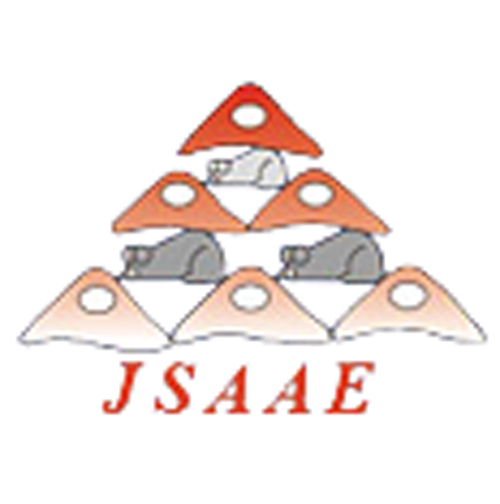Evaluation of a New Alternative to Primary Draze Skin Irritation Testing Using The Epiderm Skin Model
Michiru Genno1, RyoheiI Yamamoto1, Hajime Kojima2, Hiroaki Konishi2 and Mitch Klausner3
1Technical Research Laboratory, Kurabo Industries Ltd. 14-5, Shimokida-cho, Neyagawa-shi, Osaka, 572-0823, Japan;
2Research Institute, Nippon Menard Cosmetic Co., Ltd., 2-7, Torimi-cho, Nishi-ku, Nagoya, 451-0071, Japan;
3MatTek Corporation, 200 Homer Avenue, Ashland, MA 01721, USA
Original Article AATEX 5(4):195-200,1998
Abstract
EpiDermTM is a commercially available human skin model consisting of normal human-derived epidermal keratinocytes (NHEK), which have been cultured to form a multilayered, highly differentiated model of the human epidermis. We evaluated this model as an alternative to the primary Draize skin irritation test using rabbits. Eighteen cosmetic products were tested using a new assay system which utilized the EpiDermTM and a single 24-hour exposure at 100% concentration. The MTT assay results were compared to the results from skin irritation Draize testing using rabbits. The correlation coefficient for 18 test substances between the in vivo and in vitro results was r=-0.671. However a much better correlation was obtained provided that 2 products, both of which contained high ethanol levels (>60% (w/w)), were excluded from the analysis (r=-0.870). As such, this method may prove useful in making in vitro skin irritation assays more economical and convenient.
Key words: skin irritation test, skin model, EpiDermTM, detergents, cosmetic products, MTT% assay, singlepoint assay.
Evaluation of Skin Irritation in a Reconstituted Human Dermal Model (3-D Model) Using Water Insoluble Fatty Acids, Fatty Alcohols and Hydrocarbons
Hajime Kojima, Atsushi Sato, Asao Hanamura, Tomonori Katada and Hirokaki Konishi
Research Institute, Nippon Menard Cosmetic Co., Ltd., 2-7 Torimi-cho, Nishi-ku, Nagoya 451-0071 Japan
Original Article AATEX 5(4):201-210,1998
Abstract
With the aim of improved prediction of human skin irritation, cytotoxicity tests were conducted using a reconstituted human dermal model (Skin2TM cultured 3-Dimensional Skin Model, ZK1300: 3-D model). A range of water-insoluble substances, namely fatty acids, fatty alcohols and hydrocarbons, were tested with MTT(3-[4,5-dimethyl-thiazol-2-yl]-2,5-diphenyl tetrazolium bromide) reduction, LDH (lactate dehydrogenase) release and prostaglandin E2(PGE2) release using as cytotoxicity markers. Results for these parameters were compared with those obtained from a cytotoxicity test (MTT reduction assay) using cultured monolayers of human dermal fibroblasts (NB1RGB), from a rabbit primary skin irritation test and from human patch testing.
The MTT reduction assay with the 3-D model proved able to predict human primary and cumulative skin irritation of the test substances, though the match to fibroblasts results and rabbit primary skin irritation score was not perfect. Our finding also showed little variation with the different cytotoxicity markers applied in the 3-D model for the present insoluble test substances.
We therefore consider that the MTT reduction assay in the 3-D model is a reliable method to evaluate the human skin irritation potential of new chemicals.
Key words: skin irritation, reconstituted human dermal model, in vitro, fibroblasts, fatty acid, fatty alcohol, hydrocarbon.
ANNUAL MEETING REPORT
Abstracts of the 12th Annual Meeting of the Japanese Society for Alternatives to Animal Experiments, November 18-19, 1998, Sendai.
(pp.211-238)

